SA210-C Finned Tube

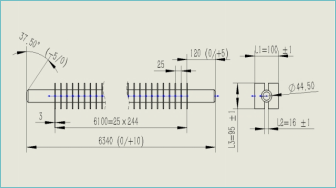

| Product name: | SA210-C Finned Tube |
| Keywords: | Finned Tube |
| Industry: | Industrial design and manufacturing services - Industry and Engineering design services |
| Process: | Machining - Five-axis machining |
| Material: | Alloy steel |
Processing manufacturer
- There are 33 manufacturers that provide similar products
- There are 151 manufacturers that provide this processing technology
- There are 116 manufacturers that provide this material processing service
- There are 194 manufacturers that provide this industry processing service
Product details
Henan Bebon Iron & Steel Co., Ltd. is a professional finned tube manufacturer.
(1) Material Selection
Base Tube Material:
Carbon steel (low cost, general purpose), stainless steel (corrosion resistant), copper/copper alloy (high thermal conductivity), titanium (strong corrosion resistance).
Fin Material:
Aluminum fins (lightweight, high thermal conductivity), copper fins (efficient heat exchange), stainless steel fins (high temperature corrosion resistance).
Compatibility Reminder: Avoid electrochemical corrosion (e.g., special processes are required for carbon steel tubes with aluminum fins).
(2) Fin Type and Process
High-frequency welded finned tube: High strength, suitable for high temperature and high pressure scenarios (such as boilers).
Rolled finned tube: Fins and base tube are integrally formed, with excellent thermal conductivity, used in precision heat exchangers.
Embedded finned tube: Resistant to mechanical vibration, suitable for environments with strong airflow scouring.
Helical/Longitudinal fins: Select according to the fluid direction (helical enhances turbulence, longitudinal reduces flow resistance).
(3) Key Parameters
Fin height (6-16mm common), fin density (4-12 fins/inch), tube diameter (Φ10-50mm commonly used).
Provide heat exchange efficiency data (such as heat transfer coefficient W/m²·K) or comparative cases (such as 3-5 times higher heat exchange than bare tubes).
(4) Special Treatment
Anti-corrosion coating (galvanizing, aluminizing), anti-fouling design (intermittent fins, surface polishing).
Customized services: Non-standard sizes, special connection methods (flange/thread), special-shaped fin design.
(1) Material Selection
Base Tube Material:
Carbon steel (low cost, general purpose), stainless steel (corrosion resistant), copper/copper alloy (high thermal conductivity), titanium (strong corrosion resistance).
Fin Material:
Aluminum fins (lightweight, high thermal conductivity), copper fins (efficient heat exchange), stainless steel fins (high temperature corrosion resistance).
Compatibility Reminder: Avoid electrochemical corrosion (e.g., special processes are required for carbon steel tubes with aluminum fins).
(2) Fin Type and Process
High-frequency welded finned tube: High strength, suitable for high temperature and high pressure scenarios (such as boilers).
Rolled finned tube: Fins and base tube are integrally formed, with excellent thermal conductivity, used in precision heat exchangers.
Embedded finned tube: Resistant to mechanical vibration, suitable for environments with strong airflow scouring.
Helical/Longitudinal fins: Select according to the fluid direction (helical enhances turbulence, longitudinal reduces flow resistance).
(3) Key Parameters
Fin height (6-16mm common), fin density (4-12 fins/inch), tube diameter (Φ10-50mm commonly used).
Provide heat exchange efficiency data (such as heat transfer coefficient W/m²·K) or comparative cases (such as 3-5 times higher heat exchange than bare tubes).
(4) Special Treatment
Anti-corrosion coating (galvanizing, aluminizing), anti-fouling design (intermittent fins, surface polishing).
Customized services: Non-standard sizes, special connection methods (flange/thread), special-shaped fin design.
Previous article : SA210-A1 Internally Threaded Steel Pipe
Next article : NM400 Cutting Gasket
Similar products
More
Precision Machining of U-Steel Profiles for Building Applications
- Process : Stamping - General stamping
- Material : Aluminum
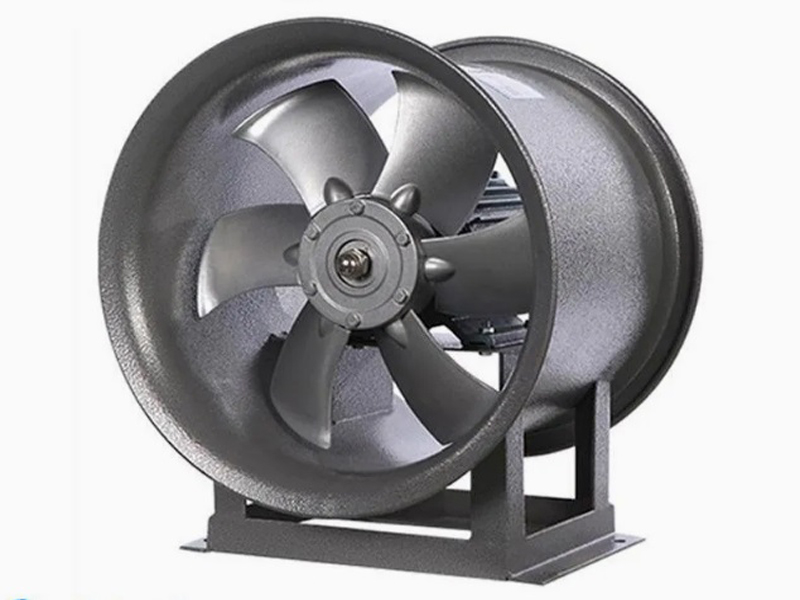
What are the machining processes used for processing axial fan housings
- Process : Sheet metal - Welding
- Material : Carbon steel

Machining Process Analysis of Carbon Steel Fixed Anchor Plates
- Process : Machining - CNC milling or milling machining
- Material : Carbon steel
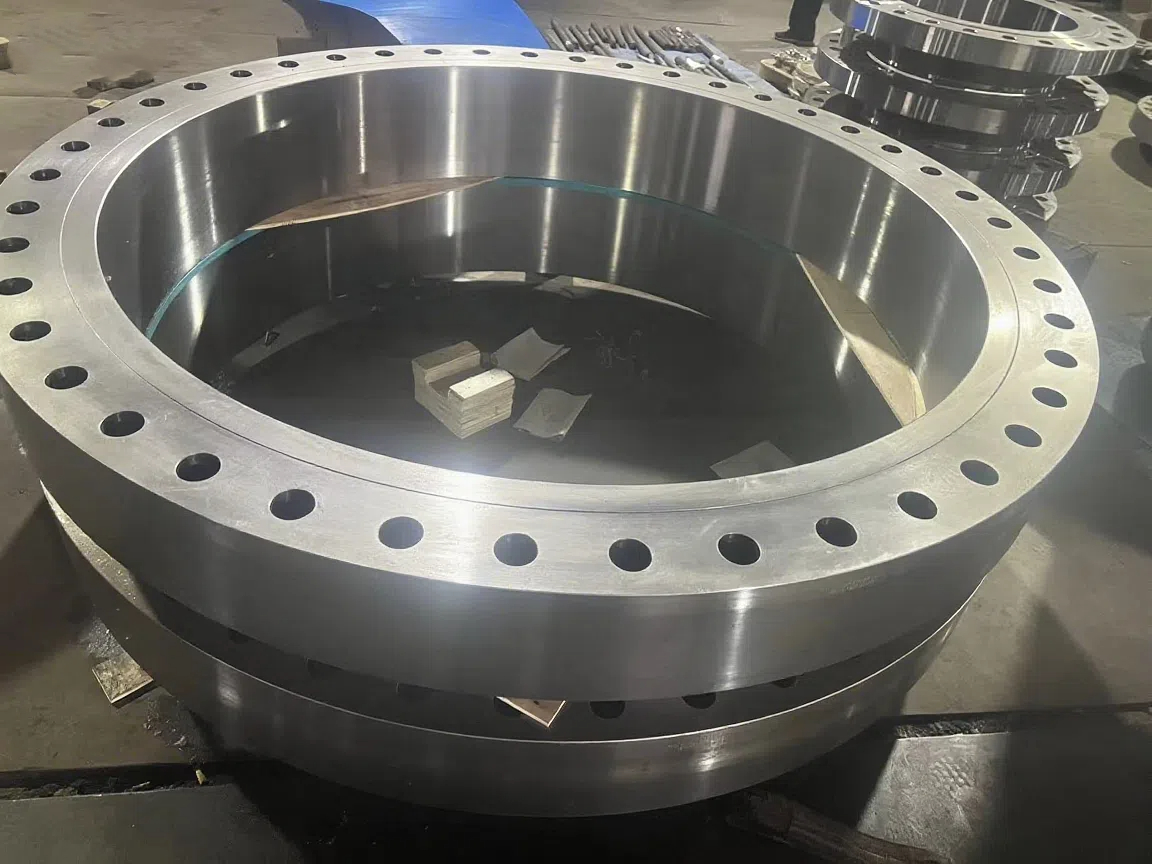
Heavy-Walled Flange Milling-Turning Machining and Flaw Detection
- Process : Machining - Turning Milling compound
- Material : Alloy steel
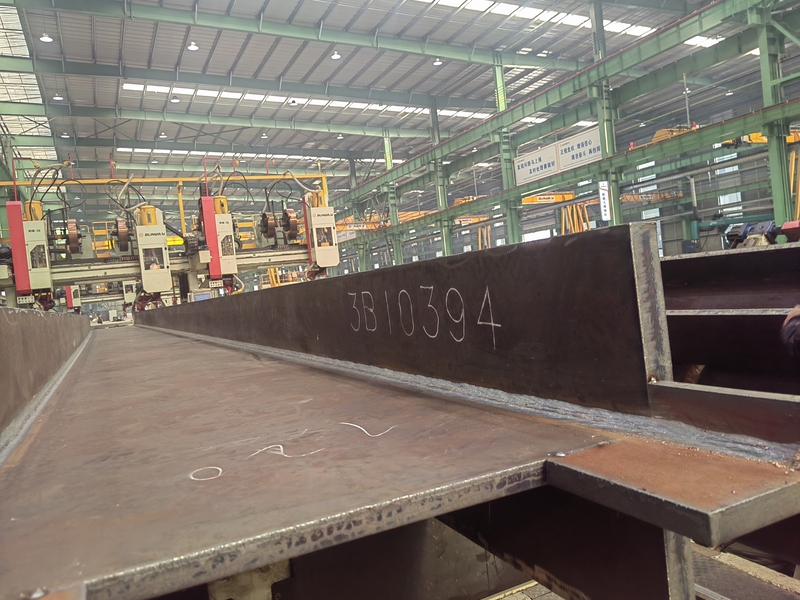
Custom Fabrication of S355JR Welded H-Beams for Construction Projects
- Process : Sheet metal - Welding
- Material : Carbon steel

Drill Stabilizers Applied in Oil Drilling Platforms
- Process : Machining - Five-axis machining
- Material : Alloy steel
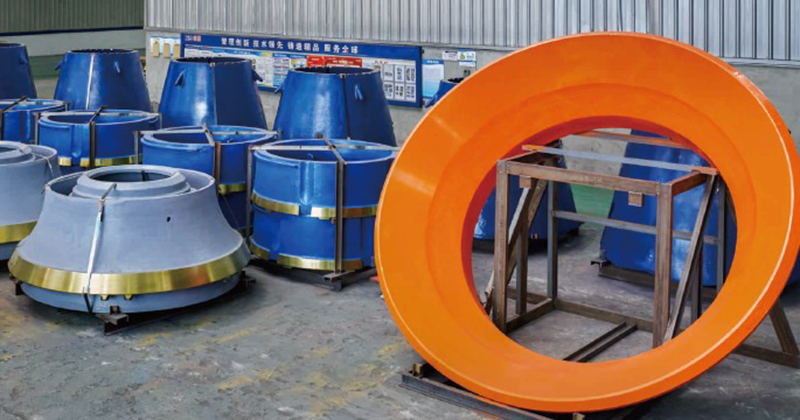
Cone Crusher Mantle
- Process : -
- Material :
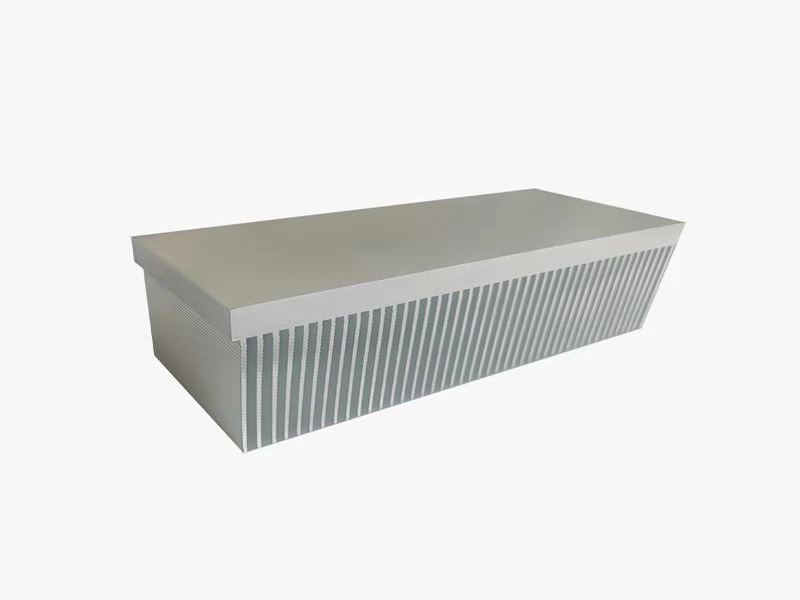
Innovative skiving technology: Breaking through the bottleneck of high-density heat dissipation technology
- Process : Surface treatment - Others
- Material : Alloy steel
More products
More
Precision Machining of U-Steel Profiles for Building Applications
- Process : Stamping - General stamping
- Material : Aluminum

What are the machining processes used for processing axial fan housings
- Process : Sheet metal - Welding
- Material : Carbon steel

Machining Process Analysis of Carbon Steel Fixed Anchor Plates
- Process : Machining - CNC milling or milling machining
- Material : Carbon steel

Heavy-Walled Flange Milling-Turning Machining and Flaw Detection
- Process : Machining - Turning Milling compound
- Material : Alloy steel

Custom Fabrication of S355JR Welded H-Beams for Construction Projects
- Process : Sheet metal - Welding
- Material : Carbon steel

Drill Stabilizers Applied in Oil Drilling Platforms
- Process : Machining - Five-axis machining
- Material : Alloy steel

Cone Crusher Mantle
- Process : -
- Material :

Innovative skiving technology: Breaking through the bottleneck of high-density heat dissipation technology
- Process : Surface treatment - Others
- Material : Alloy steel